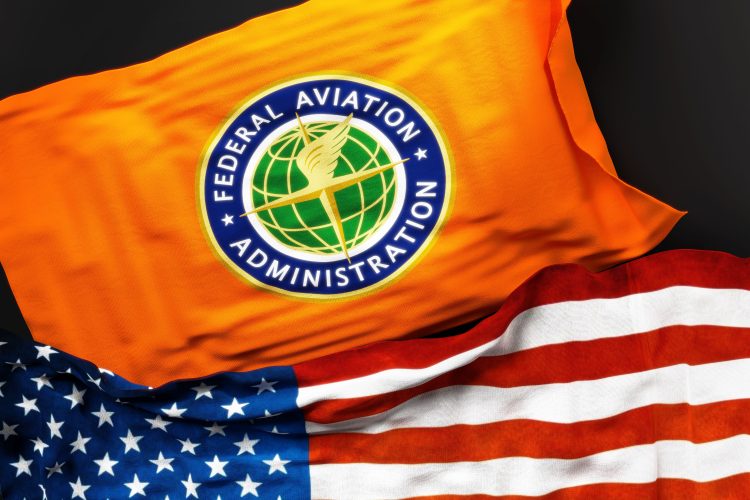Federal Aviation Administration finalises rule to reduce carbon pollution from New Jets and Turboprops
- Like
- Digg
- Del
- Tumblr
- VKontakte
- Buffer
- Love This
- Odnoklassniki
- Meneame
- Blogger
- Amazon
- Yahoo Mail
- Gmail
- AOL
- Newsvine
- HackerNews
- Evernote
- MySpace
- Mail.ru
- Viadeo
- Line
- Comments
- Yummly
- SMS
- Viber
- Telegram
- Subscribe
- Skype
- Facebook Messenger
- Kakao
- LiveJournal
- Yammer
- Edgar
- Fintel
- Mix
- Instapaper
- Copy Link
Posted: 23 February 2024 | International Airport Review | No comments yet
The rule requires incorporating improved fuel-efficient technologies for airplanes manufactured after January 01, 2028.


The rule requires incorporating improved fuel-efficient technologies for airplanes manufactured after January 1, 2028.
The Federal Aviation Administration (FAA) has released a final rule to reduce carbon pollution emitted by most large airplanes flying in U.S. airspace. The rule requires incorporating improved fuel-efficient technologies for airplanes manufactured after January 01, 2028, and for subsonic jet airplanes and large turboprop and propeller airplanes that are not yet certified.
“We are taking a large step forward to ensure the manufacture of more fuel-efficient airplanes, reduce carbon pollution, and reach our goal of net-zero emissions by 2050,” said Federal Aviation Administration Mike Whitaker.
Examples of commercial airplanes that will be required to meet the standards include the Boeing 777-X and newly built versions of the Boeing 787 Dreamliner; the Airbus A330-neo; business jets such as the Cessna Citation; and civil turboprop airplanes such as the ATR 72 and the Viking Air Limited Q400. The rule does not apply to airplanes currently in service.
Civil aircraft such as these are responsible for nine percent of domestic transportation emissions and two percent of total U.S. carbon pollution.
The Final Rule, Airplane Fuel Efficiency Certification, can be found in the Federal Register. This action is part of the U.S. Aviation Climate Action Plan that sets out to achieve net-zero greenhouse gas emissions from the U.S. aviation sector by 2050.
Related topics
Airlines, Social responsibility, Sustainability, Sustainable development


















